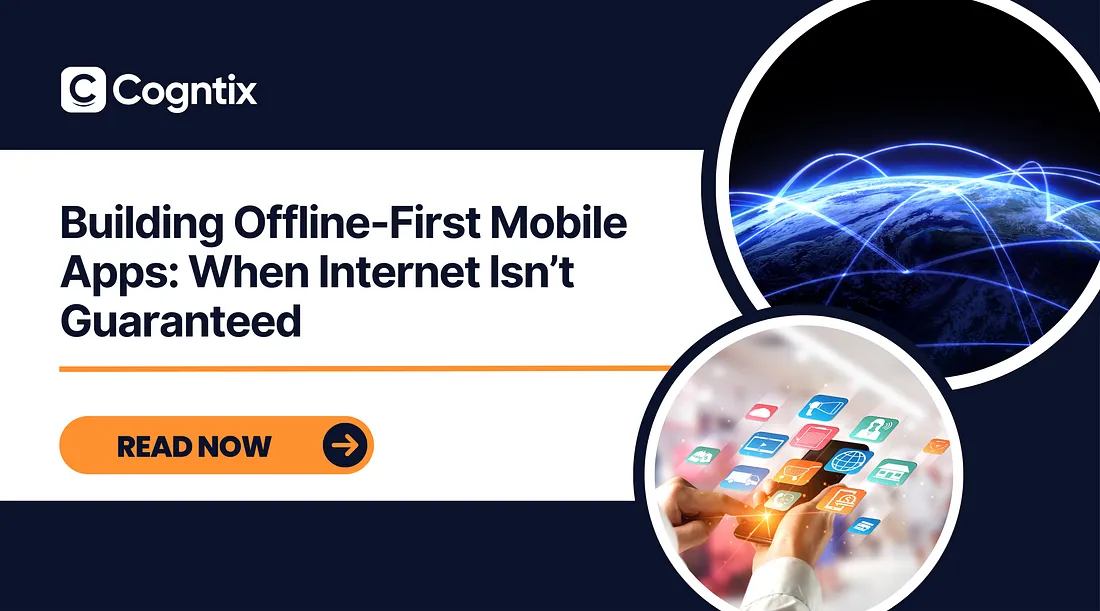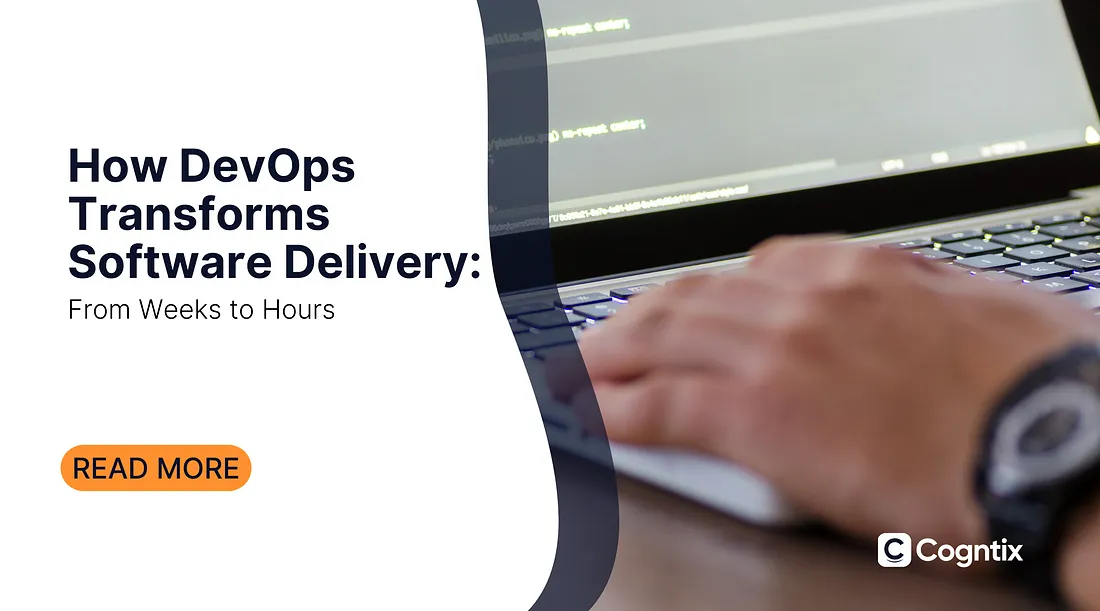Not every user has a stable internet connection. Yet, most mobile apps assume constant connectivity, leaving users frustrated when they lose service. Imagine a delivery driver losing access to navigation, a field technician unable to submit a work report, or a finance app failing to log expenses, all because of a weak signal.
We’ve seen this problem firsthand while working with businesses that rely on mobile apps for logistics, finance, retail, and field operations. When real-world conditions don’t match perfect network availability, apps must be designed to work both online and offline.
At Cogntix, we build offline-first mobile apps that keep working no matter where users are. No lost data, no frozen screens, no crashes.
Why Most Apps Break Without Internet?
Many apps depend on real-time API calls, assuming users always have 4G, 5G, or Wi-Fi. When connectivity drops, problems start:
Unsaved entries disappear.
App functions tied to the internet stop working.
Users are forced to redo tasks later.
People abandon unreliable apps.
Offline-first development isn’t a luxury, it’s a necessity.
How We Build Offline-First Mobile Apps at Cogntix?
1. Local Data Storage with Smart Syncing
Most apps rely on real-time cloud access, but when the internet drops, users are left stranded. That’s why we implement local data storage, ensuring the app keeps working no matter what.
We use SQLite (Android), Core Data (iOS), and Room Database (React Native & Next.js) to store essential data locally. Users can add transactions, fill out forms, or update records offline without interruptions.
When the app reconnects, we handle automatic data syncing to ensure everything updates smoothly. Our system prevents duplicate entries, missing updates, or conflicting changes, making the transition between offline and online modes easy.
No progress is lost, and users can continue their tasks without worrying about connectivity issues. Whether it’s an employee logging field data or a customer saving an order, they can trust that their work is safe.
2. Caching for Instant Access
Why make users reload the same content repeatedly? Without caching, apps become slow and frustrating, especially in weak network zones.
We cache frequently used data (product catalogs, maps, user records, and past interactions) so that it loads instantly. Instead of requesting the same information over and over, the app retrieves it locally, improving speed.
Even if a user closes the app, they can pick up where they left off without delays. No waiting for a fresh sync. No unnecessary API calls. Just smooth, uninterrupted usage.
This speeds up load times by 30%, reduces data consumption, and ensures users get an efficient experience, even with unstable internet.
3. Smart Conflict Resolution for Seamless Syncing
What happens when multiple users edit the same record offline? Without proper sync handling, data can be overwritten, duplicated, or lost, creating a mess when the connection returns.
We use time tracking versioning to track the most recent change while preserving older edits. This means the system always knows which update to prioritize.
If two users modify the same data, our system automatically flags inconsistencies, allowing them to manually merge or select the correct entry. No more accidental overwrites or missing updates.
Data remains accurate and up-to-date, ensuring users see the latest information without errors or confusion.
4. Background Task Management
Even when users are offline, they still perform critical actions, submitting forms, uploading files, or processing orders. Without proper background handling, these tasks vanish when the connection is lost.
Instead of stopping completely, our system saves tasks and processes them as soon as the internet is available. Whether it’s submitting a report or confirming an order, the app makes sure nothing gets lost.
Using Firebase Cloud Messaging (FCM) and WorkManager (Android/iOS), we enable automatic retries for failed tasks. No more manual re-uploads or lost work.
Pending actions don’t go unnoticed. The app notifies users about queued syncs, so they know exactly what’s happening and when.
Instead of forcing users to redo work, our background task system remembers, retries, and completes actions at the first opportunity, ensuring nothing is lost.
A mobile app that stops working when the internet does isn’t just frustrating, it’s a dealbreaker.
Users expect seamless experiences, whether they’re in an underground metro, a remote worksite, or a low-signal area. An offline-first approach isn’t just about keeping the app running, it’s about keeping users engaged, productive, and satisfied.
At Cogntix, we don’t just build mobile apps, we engineer them to handle real-world conditions. Our offline-first solutions ensure data is never lost, workflows stay uninterrupted, and users can rely on your app anytime, anywhere.
If your app struggles with poor connectivity, let’s fix that. Let’s build a mobile experience that never leaves users stranded. Contact us today.
Written by: Gayathri Priya Krishnaram (Digital Content Writer at Cogntix)




